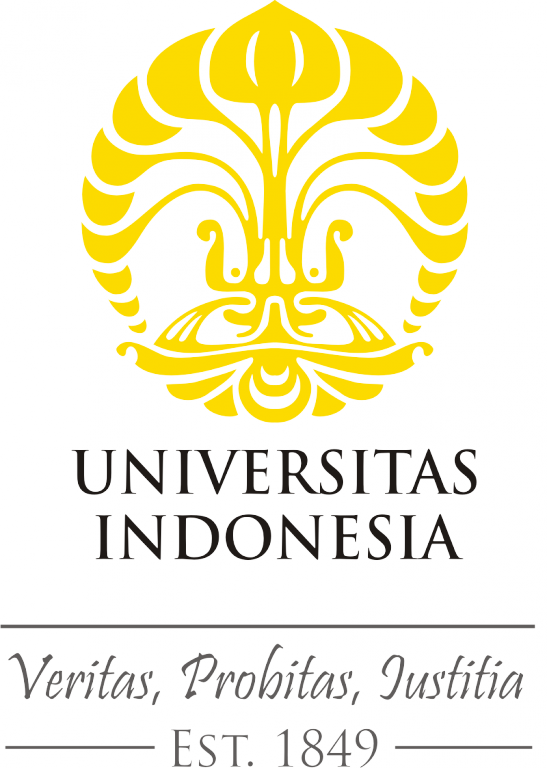Go-To Market Automation at Lumina
Type: Kerja Praktek (KP)


| Call Number | SEM-368 |
| Collection Type | Indeks Artikel prosiding/Sem |
| Title | Using Computer Labs for Distributed Computing |
| Author | Elankovan Sudararajan , Tan Bing Yean , Mahathir Rahmani; |
| Publisher | Proceedings on the 2011 international conference on electrical engineering and informatics July 17-19 2011vo. 3 (Bandung Indonesia) |
| Subject | |
| Location |
| Nomor Panggil | ID Koleksi | Status |
|---|---|---|
| SEM-368 | TERSEDIA |